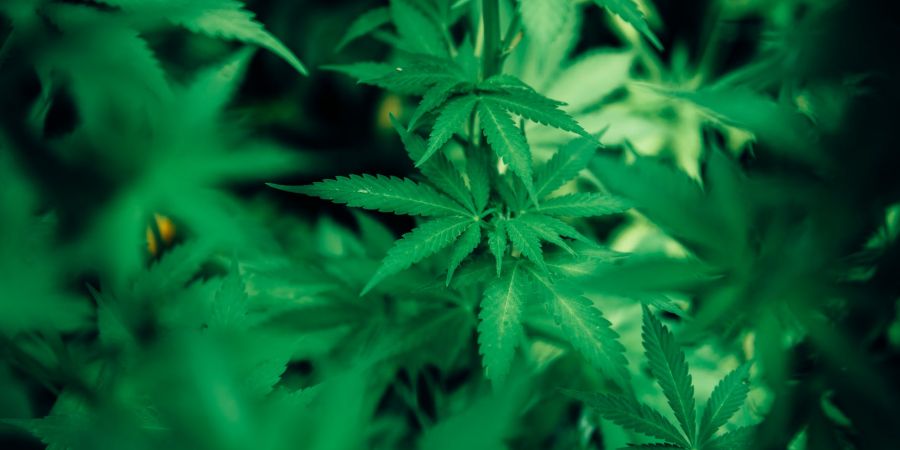

It goes by many names : hemp, cannabis, marijuana, weed, ganja.. and just as diverse as its names, are its uses. Hemp has been one of the most planted crops in history. Not because we are just a bunch of stoners, but because the recreational use of hemp is just the tip of the iceberg. For thousands of years, both animals and humans used it as an important food source. We made our textiles, paper, medicine, energy, oil.. All with hemp. Until we start demonizing and criminalizing it. Now, the “miracle plant” is making a come back, and it could help clean some of our most polluting industries. This is the story of cannabis flying high, in the fight against climate change.
But first, a little bit of history. Hemp cultivation started 12,000 years ago in China, and from there, humans spread it everywhere. I mean everywhere! Because if you had hemp, that meant you also had food, oil, clothes and more. Sailors used highly durable hemp for their ropes and sails. So, they took the seeds with them everywhere. Because after wood, hemp was the second most used material on the ships.
Its flowers have been used as medicine for thousands of years, as well as in spiritual practices or just simply for pleasure. But then came the dark ages for cannabis. First, because by the late 19th century, it was losing out on efficiency and price against new materials. New technology were invented for cotton, which boosted its supply as a fibre. Trees replaced hemp as a paper source. And later sails and rope were made with petroleum based synthetics. But what really killed the plant was something else.
There was a zeitgeist for banning the substance use of recreational drugs. There was this idea that we can control the black parts of our society, the gay people, all these non-white conservative religious groups by saying they are using a new drug. Thus, the “miracle plant” became the “forbidden one”.
Cannabis sativa has a lot of varieties. Some grow short but very flowery, rich with the psychoactive substance THC, while others grow tall and are perfect for fibre production. Industrial hemp is very low on THC. When the cultural war on cannabis started, no distinction was made between different varieties of the plant.
From the 19th century, on the whole plant with all its varieties was banned in various parts of the world, which contributed to its decline. That restriction and the stigmatization led the hemp being overlooked as a material for decades. But now, scientists are slowly discovering that it's uses can go well beyond what we have known so far and could help us clean up a lot of industries. What are those uses? We'll get to know in the next blog. Stay tuned..








